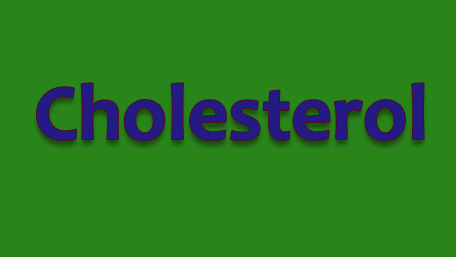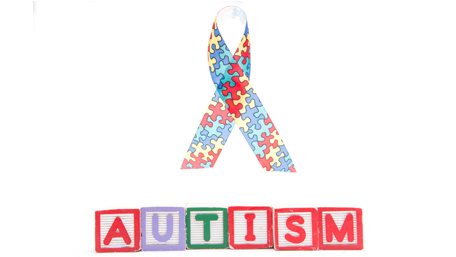
02/02/2023
Hot Topics of the Day are picked by experts to capture the latest information and publications on public health genomics and precision health for various diseases and health topics. Sources include published scientific literature, reviews, blogs and popular press articles.
Sign up MyPHGKB to receive the daily hot topic email alert.
Archived Hot Topics of the Day By Date
Equity and inclusivity in research
AJHG February 2023
Using genetic association data to guide drug discovery and development: Review of methods and applications
S Burgess et al, AJHG, February 2, 2023
Inequities in COVID-19 vaccine and booster coverage across Massachusetts ZIP codes after the emergence of Omicron: A population-based cross-sectional study.
Jacob Bor et al. PLoS medicine 2023 1 (1) e1004167
The emergence of SARS-CoV-2 lineages and associated antibody responses among asymptomatic individuals in a large university community
MR Merling et al, MEDRXIV, February 1, 2023
Evaluation of a Commercially Available Rapid RT-PCR Assay's Detection of SARS-CoV-2 Novel Variants
L Back et al, MEDRXIV, February 1, 2023
Associations Between Polygenic Risk Score Loading, Psychosis Liability, and Clozapine Use Among Individuals With Schizophrenia.
Bochao D Lin et al. JAMA psychiatry 2022 12 (2) 181-185
Association of Rare Protein-Truncating DNA Variants in APOB or PCSK9 With Low-density Lipoprotein Cholesterol Level and Risk of Coronary Heart Disease.
Jacqueline S Dron et al. JAMA cardiology 2023 2
Cohort-guided insights into gene-environment interactions in autism spectrum disorders.
W Ian Lipkin et al. Nature reviews. Neurology 2023 1 1-8
Advancing CAR T cell therapy through the use of multidimensional omics data.
Jingwen Yang et al. Nature reviews. Clinical oncology 2023 1
Physicians in the era of technology-enabled diagnostics.
Rashmee U Shah et al. Nature reviews. Cardiology 2023 1
Disclaimer: Articles listed in Hot Topics of the Day are selected by Public Health Genomics Branch to provide current awareness of the scientific literature and news. Inclusion in the update does not necessarily represent the views of the Centers for Disease Control and Prevention nor does it imply endorsement of the article's methods or findings. CDC and DHHS assume no responsibility for the factual accuracy of the items presented. The selection, omission, or content of items does not imply any endorsement or other position taken by CDC or DHHS. Opinion, findings and conclusions expressed by the original authors of items included in the Clips, or persons quoted therein, are strictly their own and are in no way meant to represent the opinion or views of CDC or DHHS. References to publications, news sources, and non-CDC Websites are provided solely for informational purposes and do not imply endorsement by CDC or DHHS.
- Page last reviewed:Feb 1, 2024
- Page last updated:Apr 21, 2024
- Content source:









